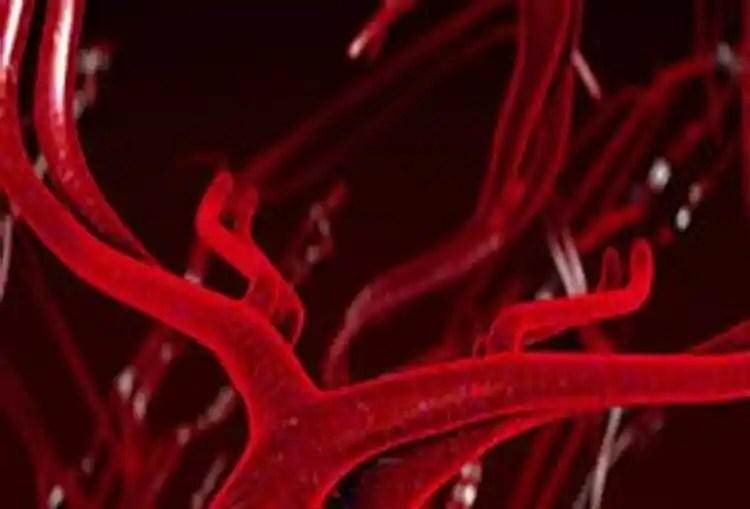Hepatic Arterial Therapy

Hide Video Transcript
Video Transcript
Narrator
What is hepatic arterial therapy? Let's say this liver has 3 metastases in it. You surgically those 3 and then exactly what would you do? Nancy Kemeny, MD
Well then we put this pump, which is a metallic, it's like the size of a hockey puck and it's put into, right under the skin, over the, on the abdominal muscles there, over the abdominal muscles, and we put a catheter into the hepatic artery. Now the liver metastases are fed by the hepatic blood supply and the liver has a dual blood supply. Not every organ in the body does, but the liver has a portal vein blood supply and a hepatic artery blood supply. So the portal vein feeds the normal liver; the hepatic artery feeds the metastases. So this way, we can put medicines directly into the hepatic artery and they go to the tumor, and that's why it's a useful treatment for liver metastases. Narrator
So to make sure I'm clear, you take this hockey puck sized thing and you actually surgically implant it so that it is feeding chemotherapy directly into the liver via that artery. Nancy Kemeny, MD
Right, and it's done at the same time as the surgery to remove the metastases, so you remove the metastases at the same time you put this pump in, intrahepatic pump, then the pump is under the skin, but you can feel it, and you can easily access it and fill it with chemotherapy. Narrator
Are the side effects worse? Nancy Kemeny, MD
Well you get no systemic side effects, no hair loss or diarrhea or rash or any of those things, but because it's going directly to the liver, you can have liver side effects, so you have to watch the liver functions, these are blood tests, very carefully, and if you see any changes in the blood tests, you have to lower your drug, or hold a drug, so there has to be very careful monitoring. 